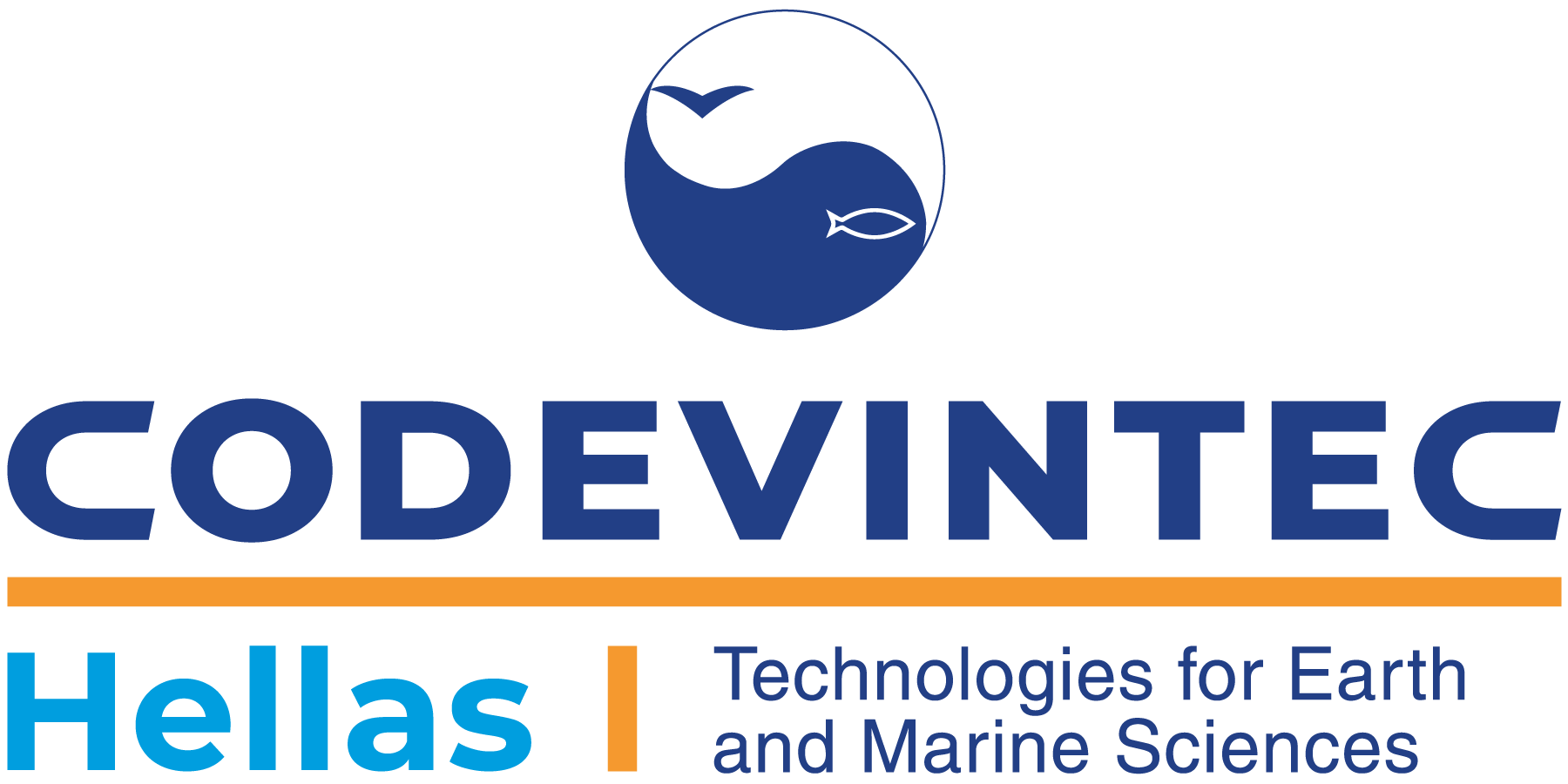Very high-resolution instrument is the only one in the world that meets the specifications required for war reclamation in the North Sea. Also available in gradiometric mode.
G-882 is particularly suitable for the detection and mapping of all ferrous objects of any size. This includes wrecks, cables, pipelines, ammunition of all sizes (UXO), drums and any other object that creates magnetic anomaly.
These are the main features that have made it successful:
Accuracy: Cesium magnetometers have a sensitivity of 0.004nT/sq-rt Hz, so up to 3 times higher than any other available technology. High sensitivity allows, increased productivity, the widest field of application and the maximum probability of detecting ferrous objects of any size.
Speed: acquisition speed is very important to identify small targets in shallow water. The default speed of the 882 is 10 samples per second, but it can go up to 40 samples per second without appreciable degradation of sensitivity. This is possible thanks to the Larmor frequency of Cesium, which is 200,000 Hz, so 100 times higher than proton magnetometers or Overhouser.
Versatility: it can be used both for surface investigations and in deep water (thanks to a resistant body up to 2700 meters deep and the possibility of managing cables up to 10km long) it can be equipped with a series of options, many of which can also be purchased later, which make it the most versatile tool in the category. The interface for Side Scan Sonar, the integrated altimeter/echo sounder, the possibility of coupling up to 8 sensors in Gradiometer configuration (TVG – Transverse Gradiometer) for delicate investigations to search for unexploded ordnance, are options that make the G-882 a safe investment for many years to come.
Reliability: Thanks to the reliability achieved in its first 40 years, Geometrics offers a two-year standard warranty for the G-882. This is certainly an unusual feature for measurement instrumentation and scientific research working at sea.

